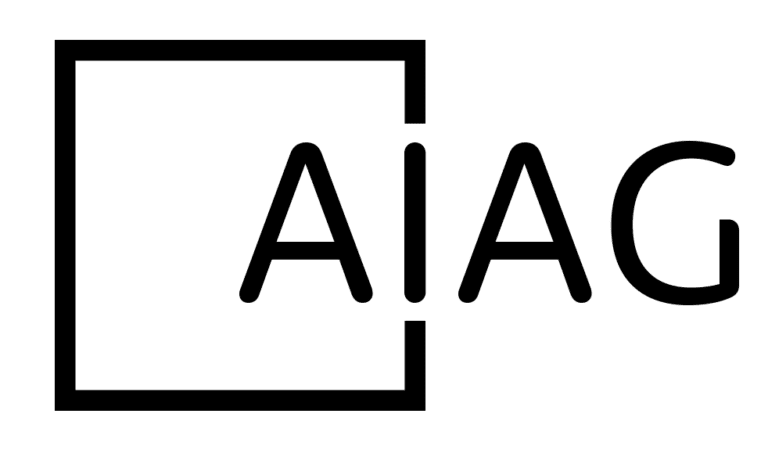In the mid-19th century, Alfred Russel Wallace, a pioneering naturalist, identified a fascinating boundary in the Indonesian archipelago—now famously known as the Wallace Line. This invisible demarcation separates the ecozones of Asia and Australia, creating a distinct division where species on either side evolved independently of each other. For example, to the west of the Wallace Line, you find species like elephants and rhinoceroses emblematic of the Asian fauna. To the east, in Australia, the landscape is dominated by kangaroos, dingoes, and koalas—species that evolved in relative isolation from their Asian counterparts.
The Wallace Line stands as a powerful metaphor for understanding the challenges of change management in mergers and acquisitions (M&A) and within organizations, where barriers can exist between departments and teams. As biological barriers prevent species from migrating or adapting to new environments, cultural, operational, and technological barriers often inhibit organizations and their internal teams from fully integrating during M&A processes or even within their day-to-day operations.
The Wallace Line: A Biological and Organizational Barrier
The Wallace Line represents more than just a geographical boundary; it’s biological. On one side of the line, in the Asian ecozone, species such as elephants and rhinoceroses have evolved and adapted to the dense forests and varied climates of Asia. These large, strong animals symbolize resilience and adaptability, yet they are also highly specialized to their environments.
On the other side of the line, in Australia, you find marsupials like kangaroos, dingoes, and koalas—species that evolved in isolation, developing unique traits to survive in a different kind of environment. Kangaroos, with their powerful hind legs, are built for vast open spaces; koalas, with their slow metabolism and eucalyptus diet, are perfectly adapted to the unique foliage of Australia; and dingoes, as apex predators, have thrived in the diverse Australian landscape.
In an organizational context, the Wallace Line can be seen as a metaphor for the barriers that exist between different departments or teams. Just as the species on either side of the Wallace Line have evolved to fit their specific environments, so too have departments within an organization developed distinct cultures, processes, and ways of working that may not easily align with those of other teams.
The Wallace Line in Change Management and M&As
When two companies merge, they bring with them distinct “ecosystems” that have evolved to meet the demands of their respective environments. Like the elephants and rhinoceroses on one side of the Wallace Line and the kangaroos and koalas on the other, these companies may find it challenging to adapt to the new, combined environment. This difficulty is often due to deeply ingrained practices, norms, and values that do not easily translate across the newly formed organization.
Even within a single organization, departments and teams can function like distinct species, each with its specialized roles and processes. For example, a company’s finance department might operate with a meticulous, data-driven culture similar to the methodical elephant, while the operations team might function more like the agile and adaptable kangaroo, thriving in dynamic environments where quick decisions and flexibility are critical. When these departments are required to collaborate on a project, the cultural and operational differences can create barriers that are just as significant as those faced during a large-scale M&A.
Change management in these scenarios is about identifying and developing strategies to bridge these invisible barriers. The most successful integrations—whether between companies or within departments—are those that recognize the uniqueness of each group’s culture and processes and work to create a new, hybrid environment that leverages the strengths of all sides. This requires careful planning, clear communication, and a deep understanding of the organizational “genetics” at play.
How AI and Technology are Redrawing the Wallace Line
In today’s business landscape, AI and technology have become essential tools for navigating the complexities of M&As and internal team integration. Just as technology has enabled us to study the Wallace Line in greater detail, AI allows organizations to analyze and understand the intricate dynamics at play in both M&As and internal team collaborations.
AI-driven analytics can help companies identify potential cultural and operational barriers before they become insurmountable. For example, sentiment analysis can be used to gauge employee attitudes and readiness for change, while predictive modeling can highlight areas where operational processes might clash. AI can also streamline the integration process by automating routine tasks, freeing up human resources to focus on more strategic challenges.
Moreover, technology can bridge the divide between different organizational cultures and teams. Collaboration platforms, digital communication tools, and virtual reality can create shared experiences that help to unify disparate teams. In this sense, AI and technology are not just tools for managing change; they are catalysts that can redraw the boundaries of organizational ecosystems, allowing for more seamless integration.
Leveraging Tools and Resources for Effective Integration
As AI and technology continue to reshape how organizations approach mergers, acquisitions, and internal integrations, it’s crucial to recognize that success isn’t just about the technology itself but how it’s applied alongside traditional tools and resources. Companies can significantly enhance their integration efforts by combining AI with coaching, assessments, and team development initiatives. These strategies can provide deeper insights into organizational cultures, identify potential friction points, and foster a smoother change management process.
Coaching for Cultural Alignment
Coaching is a powerful tool that helps bridge the gap between different organizational cultures and leadership styles. By leveraging AI to analyze data on leadership effectiveness, communication styles, and employee engagement, coaches can tailor their strategies to address specific challenges teams face during integration. For instance, AI can highlight areas where leadership approaches might clash, enabling coaches to provide targeted guidance that fosters alignment and cohesion between departments or newly merged entities.
Assessments for Informed Decision-Making
Assessments play a critical role in understanding employees’ strengths, weaknesses, and overall fit within the new organizational structure. AI-enhanced assessments can offer more precise and predictive insights into employee behaviors, skills, and potential for adaptability. These insights can inform decisions about team composition, leadership roles, and the need for further training or development. By using AI to analyze assessment data, companies can make informed decisions that support a more effective and harmonious integration process.
Team Development for Seamless Integration
When supported by AI-driven insights, team development initiatives can help foster collaboration and break down barriers between different departments or newly merged teams. AI can identify areas where teams might struggle to work together, such as differences in communication styles or conflicting priorities. With this knowledge, companies can design targeted team-building exercises, workshops, or development programs that address specific challenges, improving overall team dynamics and ensuring a smoother integration.
AI’s Role in Enhancing Cultural Understanding
AI’s ability to process and analyze vast amounts of data offers a unique opportunity to gain a deeper understanding of organizational cultures. By examining patterns in communication, collaboration, and employee sentiment, AI can reveal underlying cultural differences that might impact the success of a merger or integration effort. With this knowledge, companies can proactively address potential issues, adjust their change management strategies, and create a more inclusive environment that respects and blends different cultures.
Positive Impact on Change Management
Companies can significantly improve their change management processes when leveraging AI alongside traditional tools like coaching, assessments, and team development. AI provides the data-driven insights needed to anticipate challenges, while coaching and development initiatives offer the human touch required to navigate these challenges with empathy and understanding. This combination facilitates smoother transitions and helps build a stronger, more unified organizational culture in the long run.
By integrating these resources, companies can move beyond simply managing change to actively shaping it in a way that benefits all stakeholders. The result is a more resilient organization, better equipped to handle the complexities of M&As and internal integrations, with a clear path to long-term success.
Overcoming the Barriers: Lessons from the Wallace Line
The Wallace Line teaches us that while barriers exist, they are not insurmountable. In the natural world, species that can adapt to new environments thrive, while those that cannot risk extinction. The same principle applies to organizations navigating the complex terrain of M&As or internal team collaborations.
The key takeaway for leaders is the importance of adaptability. Organizations must be willing to evolve, hybridize their cultures, and adopt new technologies that can help them overcome the invisible barriers that stand in the way of successful integration. This requires a commitment to continuous learning and a willingness to embrace change, even when it challenges long-held practices and beliefs.
The Future of M&As and Internal Collaboration in a Technologically Driven World
As AI and technology continue to advance, the nature of organizations’ barriers in M&As and internal collaborations will evolve. The Wallace Line will not disappear, but it will become more permeable. Companies that leverage AI and technology effectively will find it easier to bridge the divides that have traditionally hampered successful integrations across companies or within teams.
In the end, the success of any M&A or internal collaboration depends on the ability to recognize and navigate the invisible lines that separate organizational ecosystems. By understanding these barriers, embracing adaptability, and harnessing the power of AI, companies can create new environments where all sides can survive and thrive.
The Wallace Line reminds us that while change is difficult, it is also an opportunity for growth and innovation. In the hands of skilled leaders, AI and technology can turn these challenges into a roadmap for success, redrawing the lines of organizational potential across every level—from entire companies to individual departments like finance and operations.




